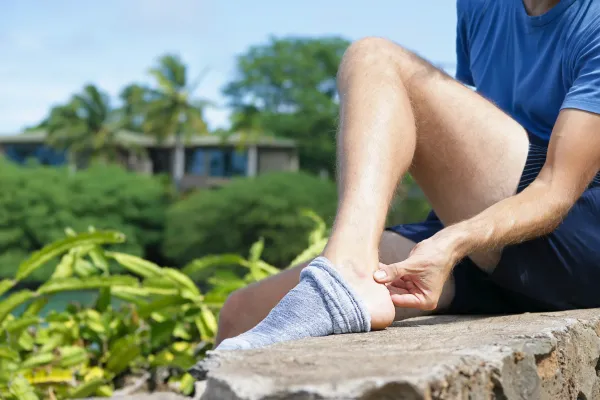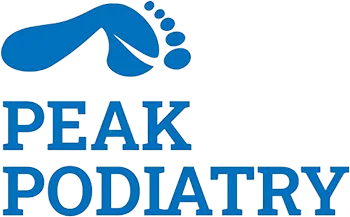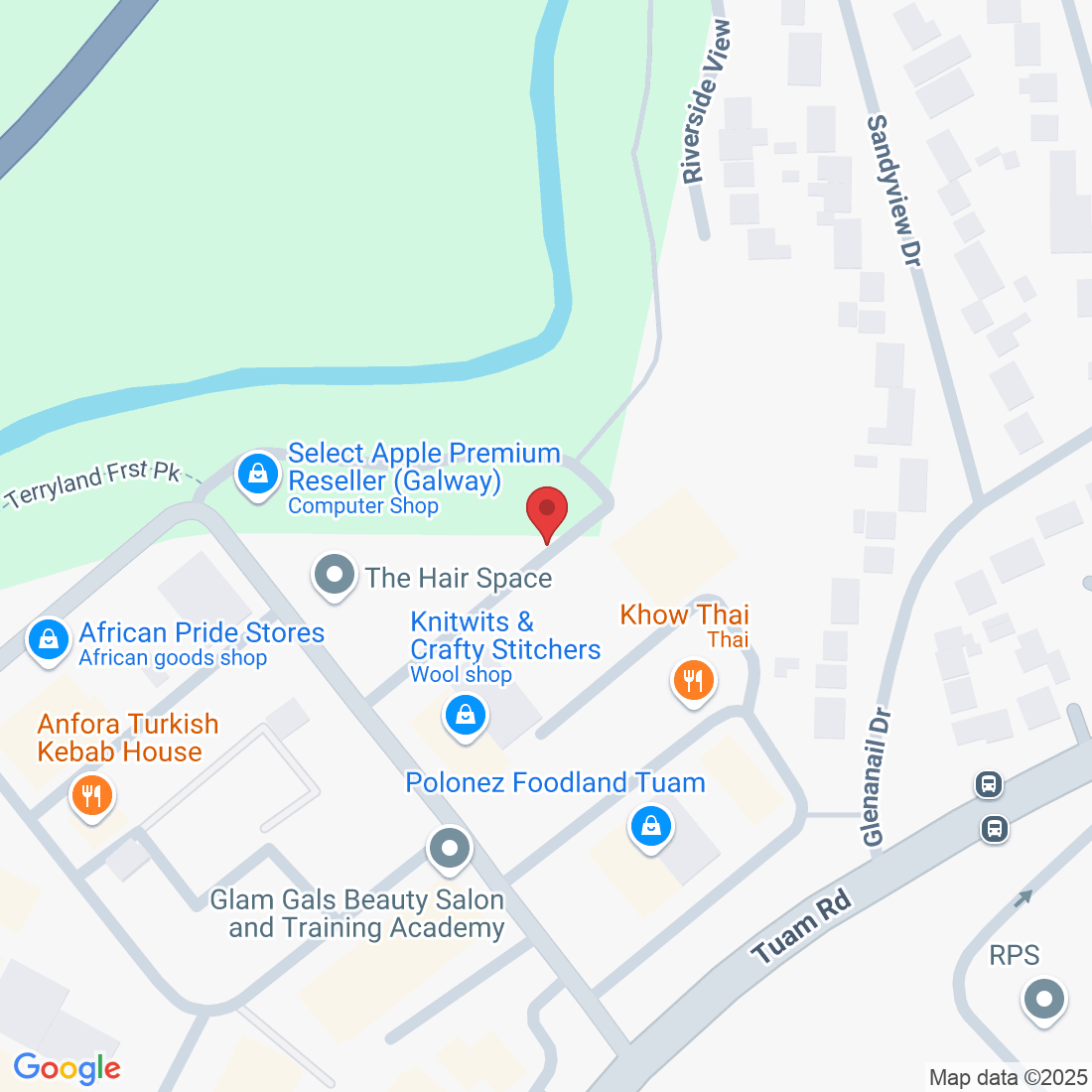
The Connection Between Overuse Injuries and Achilles Tendinopathy: Identifying Risk Factors
Today, we’re exploring a critical topic for anyone who’s ever experienced persistent heel pain or discomfort in the back of the leg—Achilles tendinopathy. This condition often results from overuse and repetitive stress, and understanding how these factors contribute can help you take steps to prevent and manage it effectively. Let’s break it down.
What is Achilles Tendinopathy?
Achilles tendinopathy is a common condition affecting the Achilles tendon, the thick band of tissue that connects the calf muscles to the heel bone. It’s characterised by pain, swelling, and stiffness in the tendon, particularly after activities that involve running, jumping, or prolonged standing. While this condition can be debilitating, understanding its link to overuse can help in both prevention and treatment.
How Overuse Leads to Achilles Tendinopathy
Repetitive Stress and Microtrauma: Overuse injuries occur when the Achilles tendon is subjected to repetitive stress beyond its capacity to heal. Every time you run, jump, or engage in activities that stress the tendon, small tears can accumulate. These microtraumas don’t have enough time to heal properly, leading to chronic inflammation and pain.
Inadequate Rest and Recovery: If you push your body too hard without giving it adequate rest, you’re at higher risk for Achilles tendinopathy. Continuous strain on the tendon prevents it from repairing itself, making it more vulnerable to injury.
Sudden Increase in Activity: Increasing the intensity or duration of physical activity too quickly can overwhelm your Achilles tendon. For instance, if you suddenly ramp up your running distance or intensity without proper conditioning, your tendon may not handle the abrupt change well, leading to overuse injuries.
Identifying Risk Factors
Footwear Choices: Wearing improper or worn-out shoes can contribute to the development of Achilles tendinopathy. Shoes that lack proper support or cushioning can place additional stress on your Achilles tendon.
Biomechanical Issues: Abnormal foot mechanics, such as flat feet or high arches, can alter the way forces are distributed across your feet and legs. This misalignment can increase strain on the Achilles tendon and contribute to overuse injuries.
Training Errors: Not following a well-structured training program can lead to overuse injuries. This includes neglecting warm-up and cool-down exercises, failing to incorporate strength training, or not allowing sufficient time for recovery.
Ways to Minimise the Risks
Gradual Increase in Activity: Avoid sudden spikes in activity levels. Instead, gradually increase the intensity or duration of your workouts to allow your tendons and muscles to adapt.
Proper Footwear: Invest in well-fitting shoes with adequate support and cushioning. Make sure to replace them regularly to avoid excessive wear that can contribute to tendon strain.
Incorporate Rest and Recovery: Ensure you give your body adequate time to recover between intense workouts. Include rest days in your training schedule and consider incorporating low-impact exercises to reduce strain on the Achilles tendon.
Strengthen and Stretch: Incorporate exercises that strengthen your calf muscles and Achilles tendon, as well as stretches that improve flexibility. Strong, flexible muscles and tendons are better equipped to handle repetitive stress.
Seek Professional Guidance: If you’re experiencing symptoms of Achilles tendinopathy or have concerns about your training regimen, consult with a podiatrist or sports medicine specialist. They can provide personalised advice and treatment options based on your specific needs.
Conclusion
Understanding the connection between overuse injuries and Achilles tendinopathy is crucial for preventing and managing this common condition. By recognising the risk factors and taking proactive steps to mitigate them, you can help protect your Achilles tendon and maintain optimal foot health.
At Peak Podiatry Clinic, we’re here to support you in achieving pain-free movement and overall well-being. If you have any questions or need personalised advice on managing Achilles tendinopathy, don’t hesitate to reach out.
Stay active, stay informed, and take care of your feet!
Ask Robert And His Team
Fill in the form to request a Call From Our Team
Fill in the form to request a Call From Our Team
One of our team will call you for FREE and answer any questions or concerns you may have about your Foot Pain.
One of our team will call you for FREE and answer any questions or concerns you may have about your Foot Pain.
© Copyright 2022. Peak Podiatry All rights reserved.





